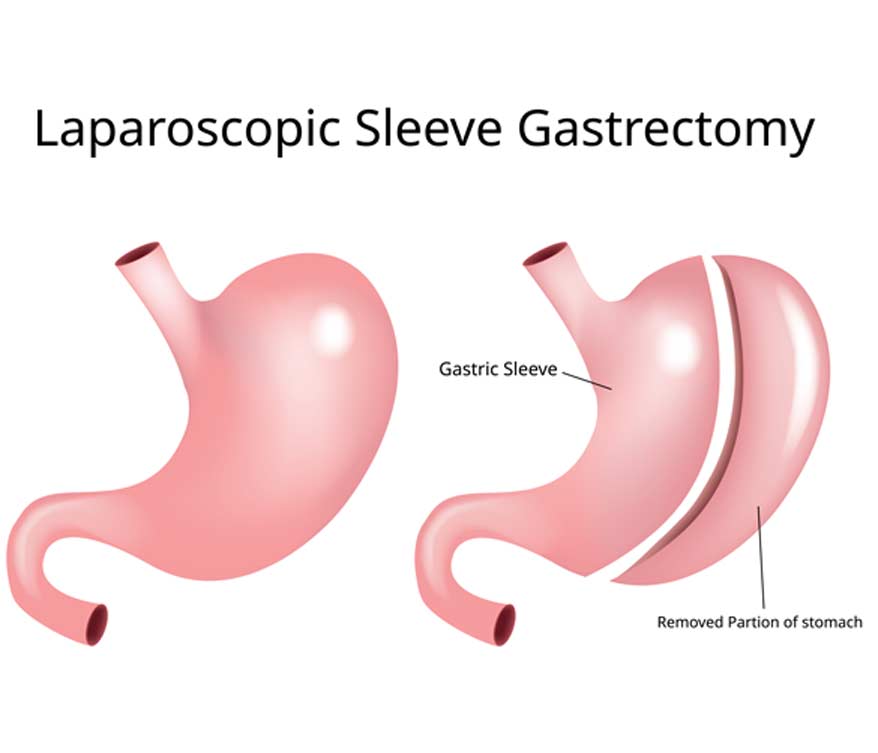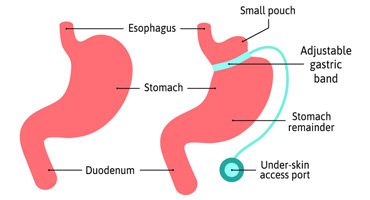
Bariatric surgery, also known as weight loss surgery, is done to help obese people lose weight.
Bariatric surgery works by reducing the amount of food the stomach can hold, reducing the amount of nutrients the digestive tract can absorb, or a combination thereof.
Who is a Candidate?
Bariatric surgery is major surgery, and it is generally reserved for patients with a BMI (body mass index) of at least 40. Patients with a BMI of 35 or above may be accepted if they also have a serious health problem related to obesity such as severe sleep apnea or type 2 diabetes. While most patients are adults, some doctors will accept teenagers providing they have passed through puberty, have a BMI of at least 35, and have a serious health problem caused by their weight.
Doctors calculate the BMI by dividing the patient’s weight by the square of their height. A BMI of 30 or above is considered obese, and a BMI of 40 or above is described as “extremely obese,” “severely obese,” or “morbidly obese.” A person with a BMI of 40 is around 100 pounds overweight.
In addition to being severely obese, the candidate needs to have tried conventional methods of weight loss like diet and exercise. They also need to be willing to follow their doctor’s guidance in losing weight.


What Does Bariatric Surgery Involve?
There are several different techniques that a surgeon may choose. The gastric bypass is the most common method. It has two main components. During the first one, the doctor will make a small pouch that will be able to hold about an ounce of food out of the topmost part of the stomach. The doctor will then cut the first part of the small intestine in half and attach the bottom half to the stomach pouch. The stomach and top portion of the small intestine produce most of the digestive enzymes and stomach acids, so the doctor will attach the top part of the intestine someplace partway down the intestine’s bottom half.
The gastric bypass can enable the patient to lose up to 80 percent of their excess weight, and it can help them keep over 50 percent of the weight off. It is, however, a more complicated procedure than some other methods.
What is the Gastric Band?
The gastric band, more formally known as the adjustable gastric band (AGB), is an inflatable ring that the doctor will place around the top part of the stomach. It thus reduces the amount of the food that the patient can eat. It has the advantages of being reversible and relatively simple to implement. It also does not involve surgically altering the digestive system, and it reduces the risk of nutrient deficiencies.
On the other hand, the patient tends to lose weight more slowly, and they tend to lose less weight overall. A patient may lose 40 to 50 percent of their excess weight with this method.








